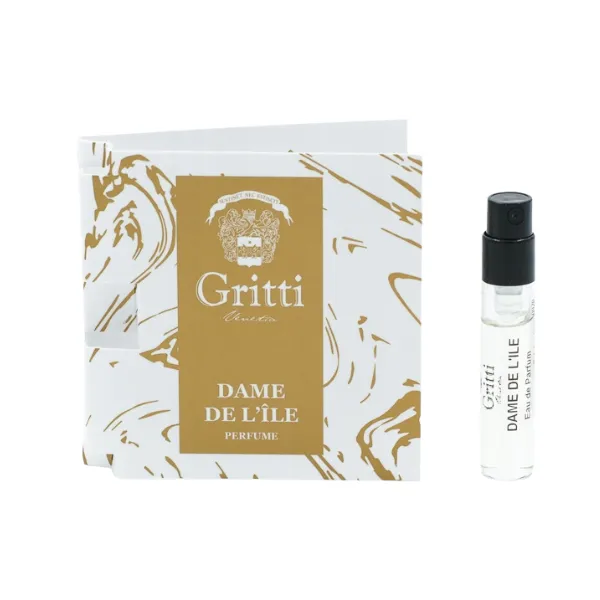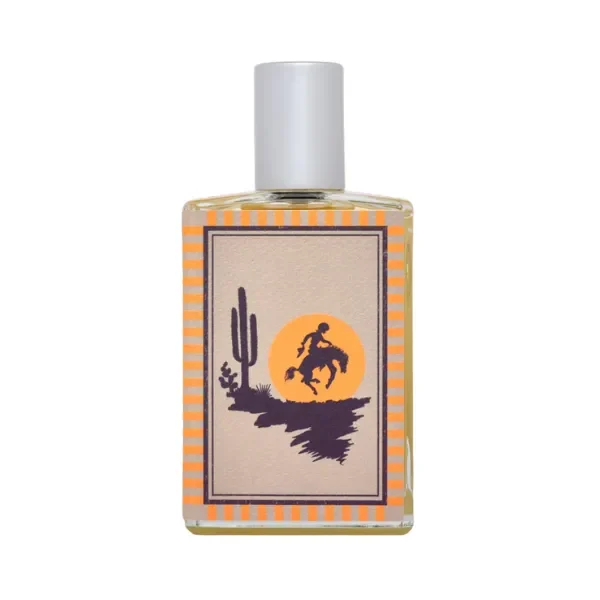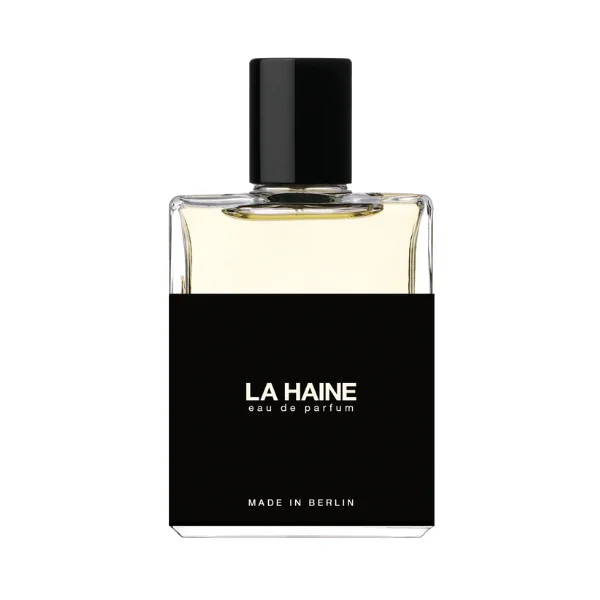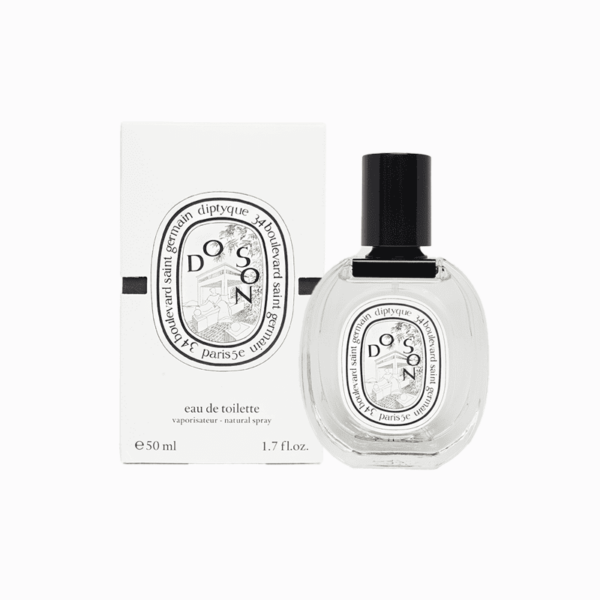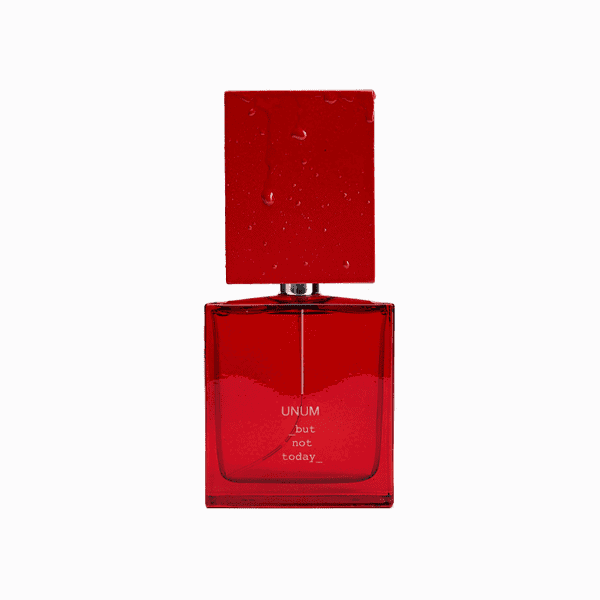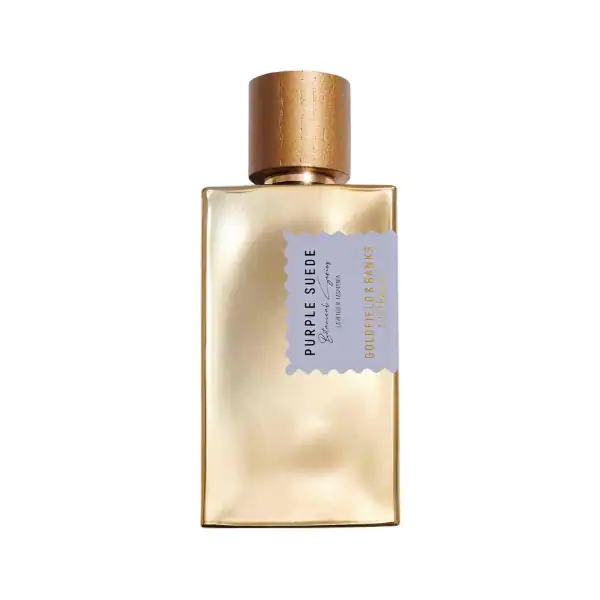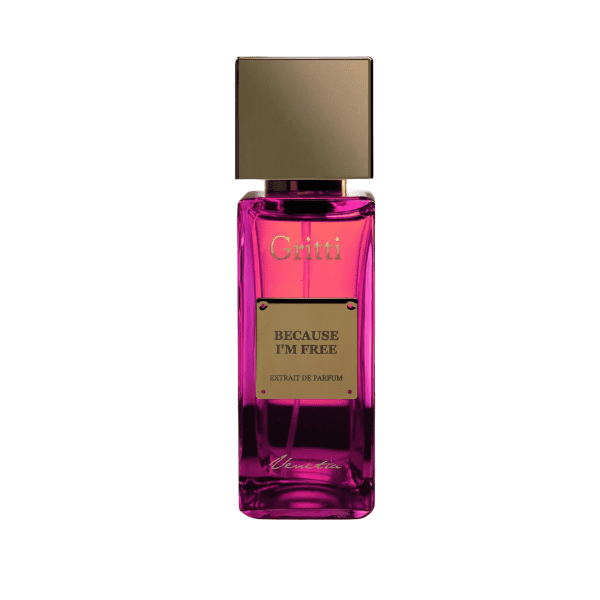Home / animalic perfumes
animalic perfumes
Gritti Dame de L’Île Eau de Parfum – Sample
Select options
This product has multiple variants. The options may be chosen on the product page
Imaginary Authors Untamable Eau de Parfum
Select options
This product has multiple variants. The options may be chosen on the product page
Moth and Rabbit La Haine No 5 Eau de Parfum
Rated 4.40 out of 5
(5)
Select options
This product has multiple variants. The options may be chosen on the product page
Diptyque Do Son Eau de Toilette
Rated 5.00 out of 5
(1)
Select options
This product has multiple variants. The options may be chosen on the product page
Filippo Sorcinelli But Not Today Extrait De Parfum
Rated 5.00 out of 5
(3)
Select options
This product has multiple variants. The options may be chosen on the product page
Goldfield & Banks Purple Suede Eau de Parfum
Rated 5.00 out of 5
(1)
Select options
This product has multiple variants. The options may be chosen on the product page
Gritti Because I’m Free Extrait de Parfum
Rated 5.00 out of 5
(3)
Select options
This product has multiple variants. The options may be chosen on the product page
Animalic Fragrances
In the enigmatic world of olfactory art, animalic perfumes stand apart with their rich and provocative scents that entice perfume collectors and enthusiasts alike. These fragrances are treasures, evoking primal instincts and sensuality. Today, we’re diving deep into the heart of animalic perfumes to reveal what makes them so captivating.
What Does Animalic Mean in Perfume?
The term ‘animalic’ doesn’t pinpoint an olfactory family but rather a facet embodying deep and potent scents reminiscent of fur, skin, musk, and even more corporeal, raw tones such as bodily or fecal notes. Indeed, while these descriptions might not seem immediately alluring, the true magic lies in their ability to impart sensuous warmth and complexity to fragrances. They are the shadows that give light its brilliance, and the heat that renders a scent not just a smell, but an experience.
The Pinnacle of Sensuality
The sensuality of animalic notes is unparalleled. They add a physical dimension to perfumes, enveloping the wearer in an almost tangible aura. It’s this unabashed boldness that defines this category fragrances and seduces those who dare to engage with them intimately.
Perfume Notes in Animalic Perfume
Let’s untangle the web of animalic notes to understand their role and impact within a fragrance:
- Musk: Musk is one of the most recognized and adored animalic notes in perfumery. Initially derived from musk deer, ethical concerns have led to the universal adoption of synthetic musk. These musks vary in their scent profiles—from laundry musk, reminiscent of clean fabrics, to complex accent musks recognized by their ability to amplify and fixate a fragrance’s presence on the skin. Perfumers may blend multiple musk notes due to anosmia (the inability to detect certain musks) to ensure a full-bodied, comforting characteristic in their scents.
- Ambergris: From the depths of the sea comes ambergris, a byproduct of the sperm whale with a marine muskiness that’s both mysterious and luxurious. While genuine ambergris is rare and found washed ashore, its synthetic analogs pervade modern perfumery. Ambergris harmonizes particularly well with sandalwood, delivering a fragrance that converges with the natural scent of warm skin.
- Civet: Profoundly animalic, civet is derived from the civet cat’s anal gland. Far less alarming than it sounds, when used sparingly, civet adds a sweet, exotic flair that whispers of the indoles found in white floral blossoms—transforming the scent narrative into a sultry tale.
- Castoreum: Beavers contribute to the animalic spectrum through castoreum, an essence that at one breath can hint at urine, and at a mere dilution can evoke the sweetness of honey. It’s a key component in creating leathery and rich chypre perfumes, masterfully paired with woods, mosses, and labdanum for an intoxicating blend.
Embracing Animalic Scents
Despite their bold and occasionally controversial nature, animalic notes have persisted and evolved within perfumery. Today’s ethically synthesized versions allow us to explore these deep, complex aromas with a clear conscience, while still honoring the dark and enigmatic allure of historically celebrated ingredients.
For the perfume collector, animalic notes offer an exploration of depth, tradition, and sensuality. Incorporating them into a personal fragrance wardrobe is an adventure—an embrace of the profound, the mysterious, the unapologetically passionate elements of the perfume world.


